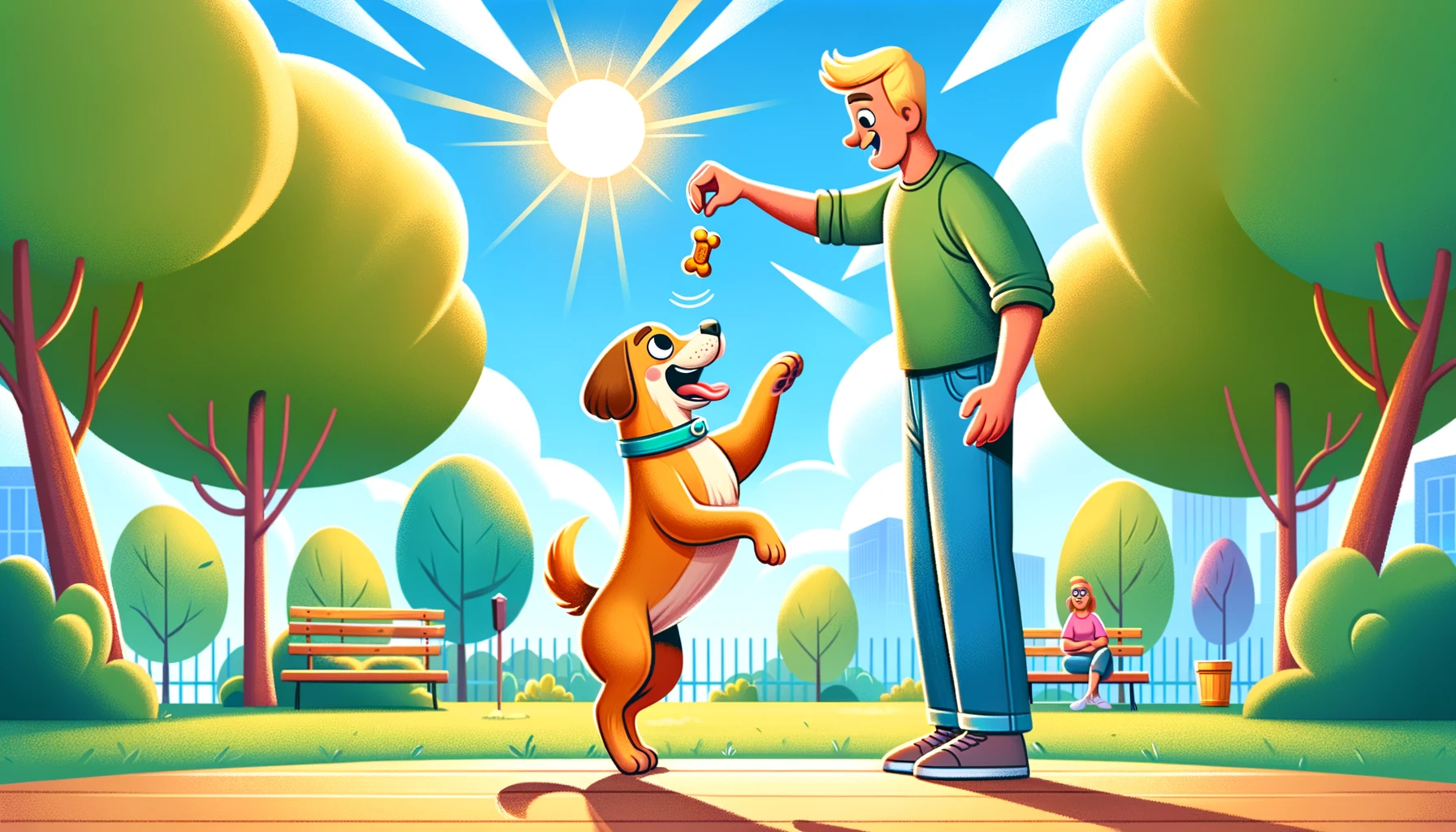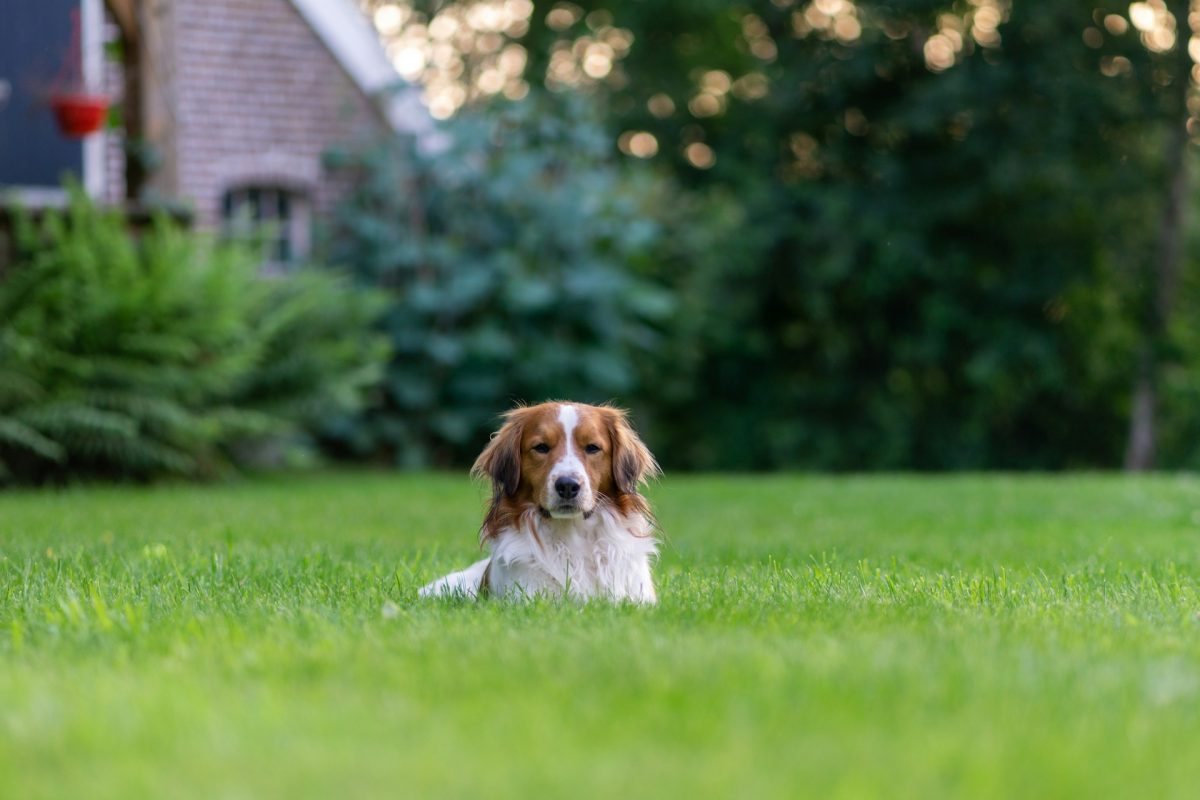Training your dog to stand up on their hind legs is not just an impressive party trick; it’s a testament to the bond between you and your furry friend, as well as a demonstration of their balance and strength. This skill, often referred to as “begging” or “standing,” requires patience, consistency, and understanding from the trainer. Not all dogs may find this trick easy, as it depends on their physical health, breed, and temperament. However, with the right approach, most dogs can learn this charming trick, enhancing their training repertoire and providing both mental and physical stimulation. This article will guide you through the step-by-step process, ensuring you and your dog find success and enjoyment in this engaging activity.
Understanding the Basics
Before you embark on this training journey, it’s crucial to grasp the fundamentals that will make the process smoother and more enjoyable for both you and your dog. Firstly, consider your dog’s physical health: dogs with issues in their back, hips, or legs may find this trick difficult or uncomfortable, so it’s best to consult with a veterinarian beforehand. Additionally, training should always be based on positive reinforcement—rewarding your dog for their efforts and successes rather than punishing mistakes. This approach fosters a positive learning environment and strengthens your bond.
Preparing for Training
Preparation is key when it comes to teaching your dog new tricks. Start by choosing a quiet, distraction-free area where your dog can focus entirely on you. Have plenty of their favorite treats on hand to use as rewards. These treats should be small, allowing for repeated rewards without overfeeding. It’s also important to ensure your dog is in a calm state before starting; a hyperactive dog may find it difficult to concentrate. Lastly, patience is your best tool. Training takes time, and progress may be slow, but with persistence, you’ll see results.
Step-by-Step Training Guide
Step 1: Encouraging the Initial Lift
Begin by holding a treat just out of your dog’s reach above their head. The goal is to encourage them to lift their front paws off the ground. As soon as they do, even slightly, reward them with the treat and verbal praise. Repeat this step until your dog consistently lifts their paws off the ground in an attempt to reach the treat.
Step 2: Increasing the Height
Once your dog is comfortably lifting their paws, gradually hold the treat higher, encouraging them to reach further. This step requires balance, so be ready to support your dog if necessary. As they begin to stand taller, continue to reward and praise. If your dog jumps instead of standing, go back a step and work on lifting just the paws off the ground more consistently.
Step 3: Adding a Command
When your dog is successfully standing on their hind legs to reach the treat, it’s time to introduce a verbal command such as “stand” or “up.” Say the command as your dog performs the action, then reward them. With repetition, your dog will start to associate the command with the action, allowing you to phase out the hand gesture gradually.
Step 4: Building Duration
The final step is to increase the time your dog can stand on their hind legs. Start by delaying the reward for a few seconds, gradually increasing the time as your dog’s strength and balance improve. Always be mindful of your dog’s comfort and physical limits; this trick should be fun, not a strain.
Troubleshooting Common Issues
Training can come with its share of challenges. If your dog struggles to balance, consider supporting them gently with your hands or against a wall initially. For dogs that lose interest quickly, keep training sessions short and engaging, and use high-value treats as rewards. Remember, every dog learns at their own pace; what’s important is the positive experience and the bond you’re strengthening through training.
Teaching your dog to stand on their hind legs is a rewarding experience that enhances your relationship and provides mental and physical stimulation for your dog. Remember to approach training with patience, consistency, and positivity. Celebrate the small victories along the way, and enjoy the process of learning together.



